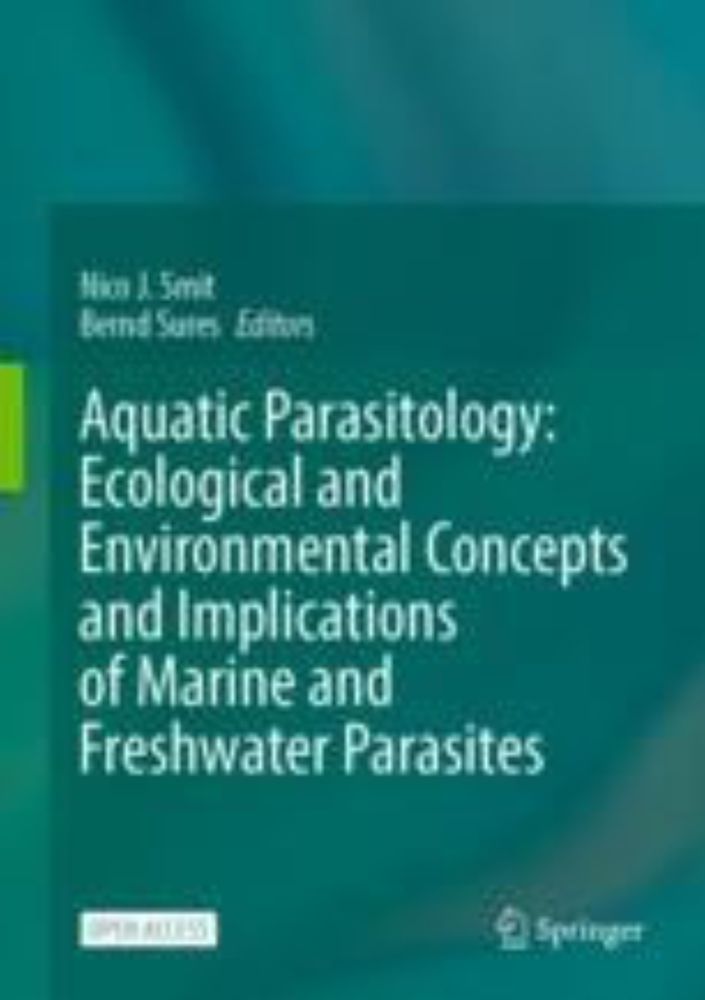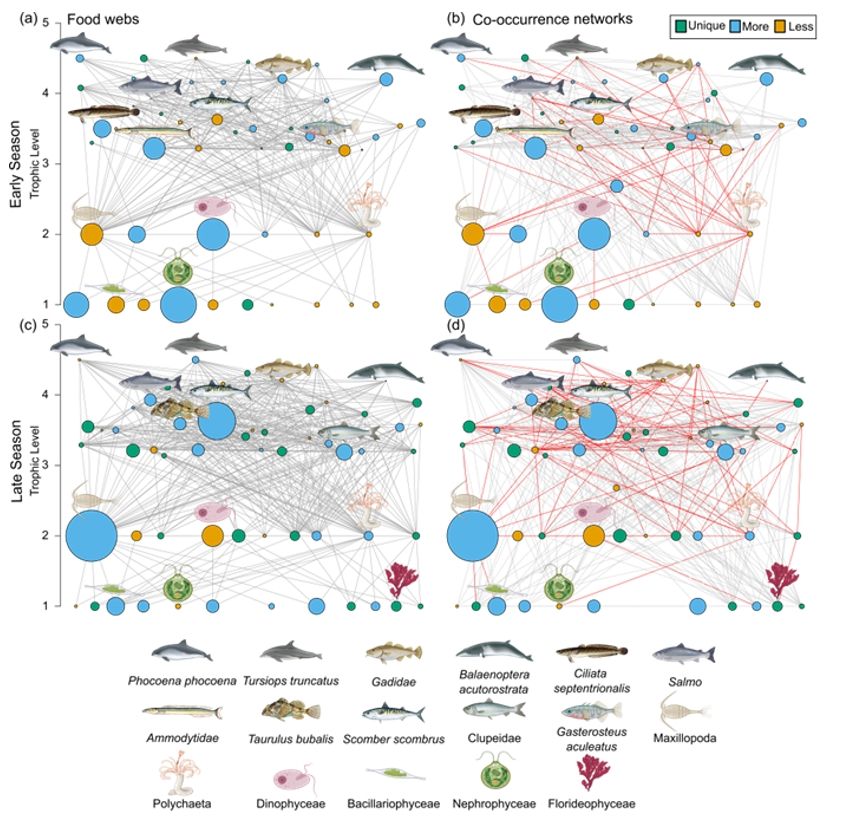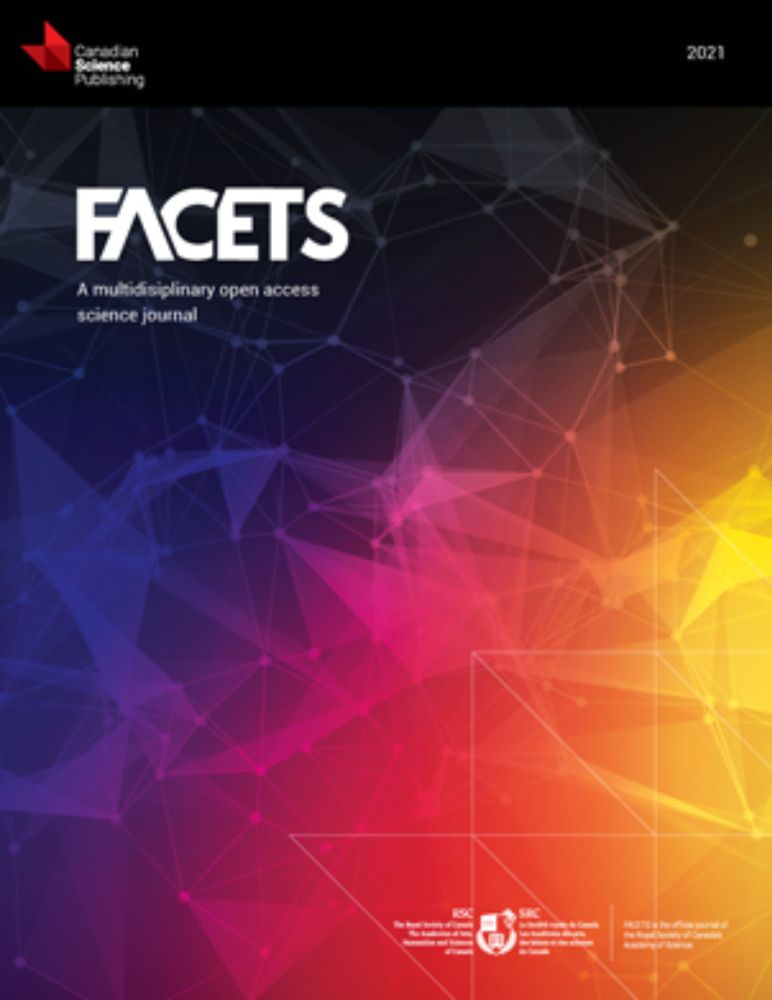link.springer.com/book/10.1007...
More ⬇️🧵

link.springer.com/book/10.1007...
More ⬇️🧵
✨ Hello to Diagnostic Molecular Combinations (DMCs) for your taxonomic research
✅ State-specific
✅ Contrastive
✅ Publication-ready
Now even easier with the latest UITOTO, our updated user-friendly software; Preprint: doi.org/10.1101/2025...
✨ Hello to Diagnostic Molecular Combinations (DMCs) for your taxonomic research
✅ State-specific
✅ Contrastive
✅ Publication-ready
Now even easier with the latest UITOTO, our updated user-friendly software; Preprint: doi.org/10.1101/2025...

Taxonomic bias: lots of research on bee/ant/wasp decline (mainly on a limited range of pollinator taxa). A fair amount on beetles and butterflies/moths. Virtually none on other groups of insects.
🧪 🌎 🪲🪳
academic.oup.com/bioscience/a...

Taxonomic bias: lots of research on bee/ant/wasp decline (mainly on a limited range of pollinator taxa). A fair amount on beetles and butterflies/moths. Virtually none on other groups of insects.
🧪 🌎 🪲🪳
academic.oup.com/bioscience/a...
www.nature.com/articles/s41...

www.nature.com/articles/s41...
www.biorxiv.org/content/10.1...
www.biorxiv.org/content/10.1...
Now they appear to have caught the virus that causes mpox in the act of spilling over from squirrels to monkeys.
“It is the best clue so far for what the reservoir might be”, says @kgandersen.bsky.social
#IDsky 🧪

🔬 Preprint available at:
www.biorxiv.org/content/10.1...
bsky.app/profile/rudo...
🔬 Preprint available at:
www.biorxiv.org/content/10.1...
bsky.app/profile/rudo...
🪰🦋🪱🦎🦀🐌🦉
doi.org/10.1101/2025...
🪰🦋🪱🦎🦀🐌🦉
doi.org/10.1101/2025...
Read the article🔽
doi.org/10.1111/een.13424
@sheborg.bsky.social @robwilsonmncn.bsky.social @callomac.bsky.social

Read the article🔽
doi.org/10.1111/een.13424
@sheborg.bsky.social @robwilsonmncn.bsky.social @callomac.bsky.social

onlinelibrary.wiley.com/doi/10.1111/...

onlinelibrary.wiley.com/doi/10.1111/...



Check out our preprint: doi.org/10.1101/2025...
With @florianaltermatt.bsky.social

Check out our preprint: doi.org/10.1101/2025...
With @florianaltermatt.bsky.social




